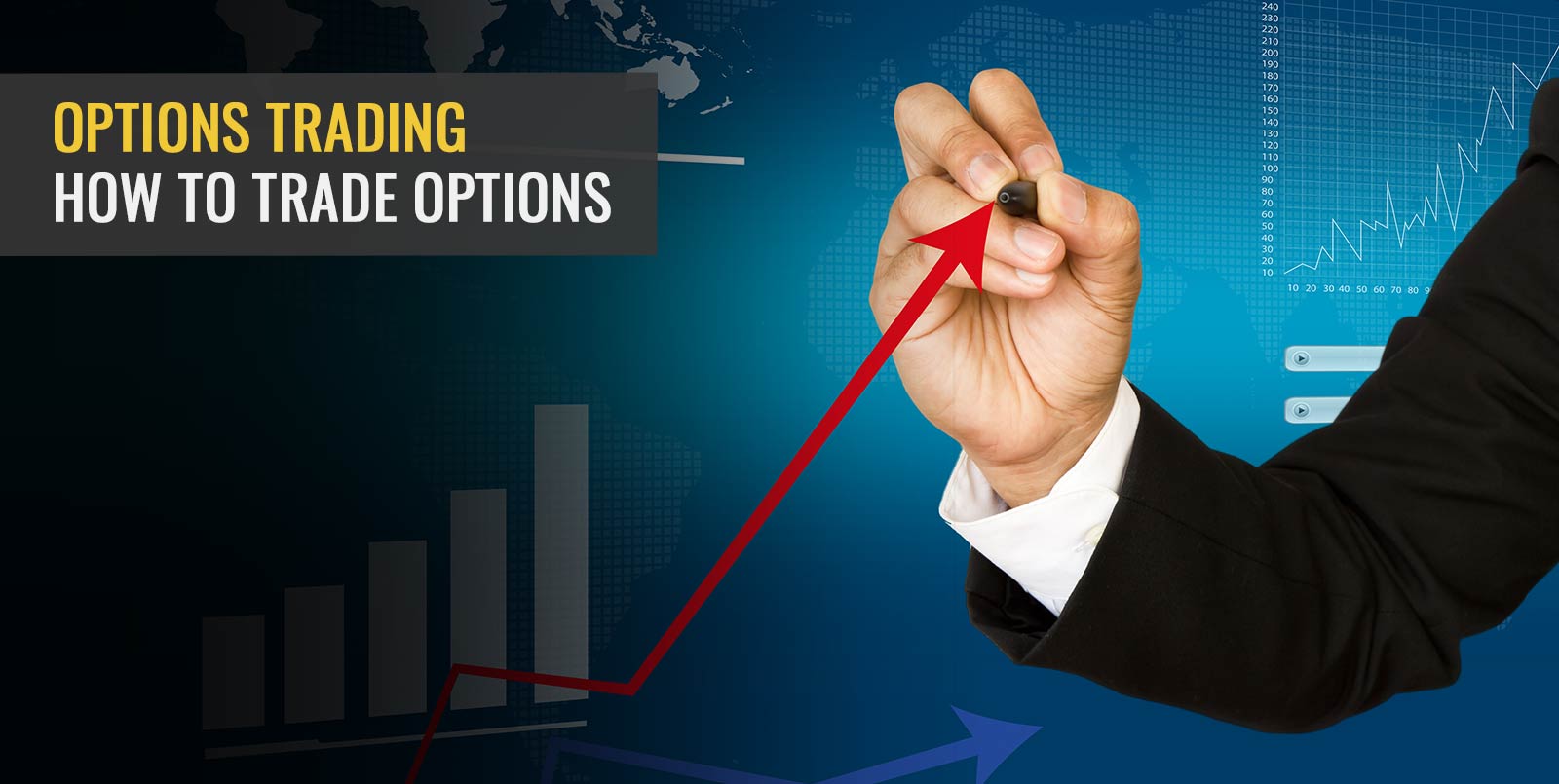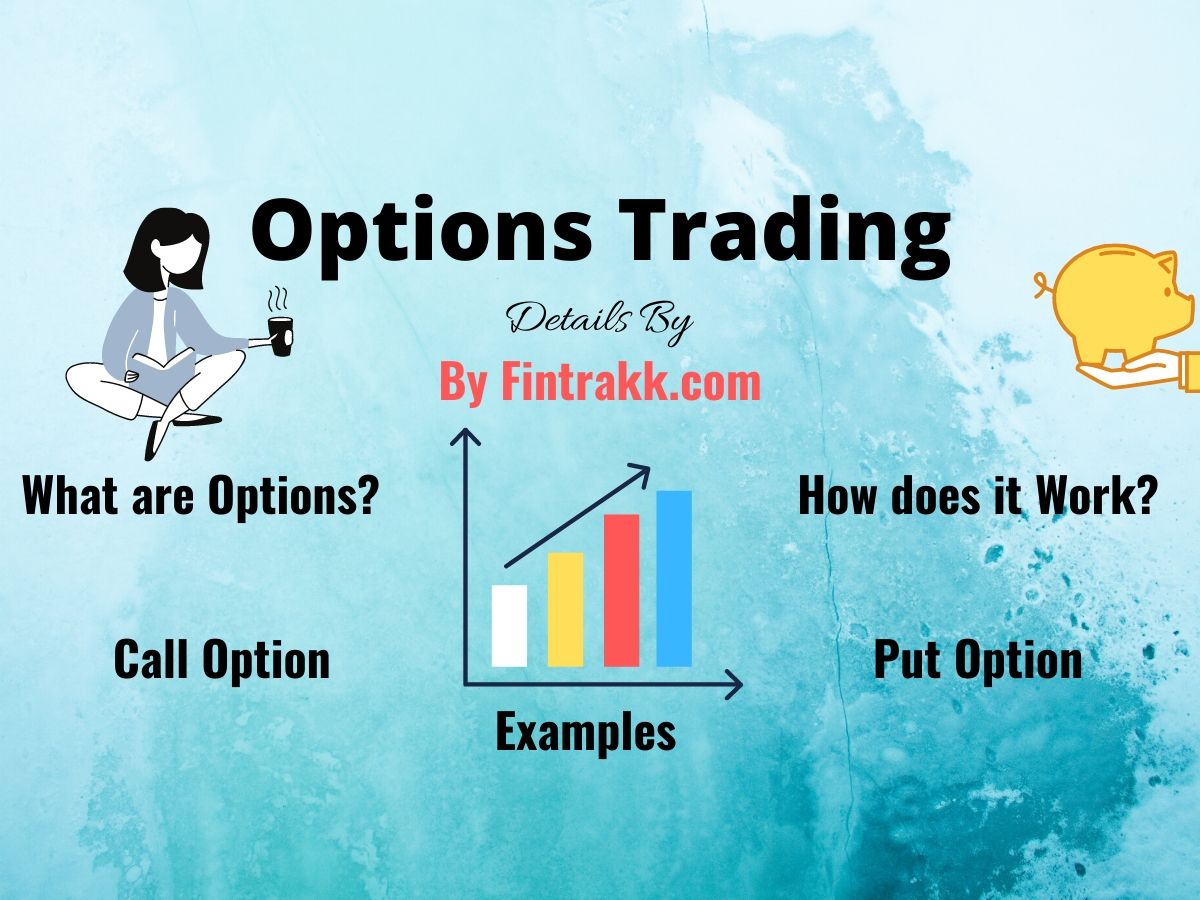Option trading volume is a crucial indicator of market sentiment, revealing the level of investor confidence and the prevailing appetite for risk in the financial landscape. Understanding the nuances of option trading volume can empower investors with valuable insights into market direction, volatility expectations, and potential trading opportunities.

Image: kofeta.com
Decoding Option Trading Volume
Option contracts grant the buyer the right (but not the obligation) to buy or sell an underlying asset (e.g., stocks, indices, commodities) at a predetermined price (strike price) on or before a specified date (expiration date). These contracts are traded on an options exchange, and the volume of transactions provides a glimpse into the collective mindset of market participants.
High option trading volume typically signifies heightened interest in a particular asset. It may indicate investors’ eagerness to speculate on potential price movements or hedge against market risks. Conversely, low volume suggests weaker market interest and a lack of conviction among investors, signaling a more muted outlook.
Indicators Derived from Option Trading Volume
- Implied Volatility: The volatility implied by option prices provides information about investors’ perceived risk appetite. Higher implied volatility implies expectations of larger price fluctuations, while lower implied volatility reflects a lower risk perception.
- Market Sentiment: Option trading volume can reveal the bullish or bearish bias of investors. A surge in call option volume denotes a positive outlook, while a spike in put option volume suggests a bearish sentiment.
- Trading Activity: The volume of open interest in option contracts indicates the level of outstanding exposure to the underlying asset. A rise in open interest accompanies increased speculation or hedging activity.
- Directional Bias: The ratio of call to put option volume can provide insights into investors’ directional bias. A higher ratio suggests an optimistic outlook, while a lower ratio indicates a more cautious or pessimistic stance.
Trading Strategies Based on Option Trading Volume
- Bullish Bets: Traders anticipating price increases can consider buying call options with high volume and low implied volatility, suggesting undervaluation.
- Bearish Bets: Traders expecting price declines can explore selling put options with high volume and low implied volatility, anticipating a premium increase.
- Hedging Risks: Investors seeking to limit downside risk can purchase protective put options with moderate volume and implied volatility.
- Speculating on Volatility: Option traders can capitalize on implied volatility by selling options contracts with high volume and implied volatility and buying options with low volume and implied volatility, wagering on a change in volatility levels.
- Volume-Weighted Average Price (VWAP): VWAP captures the average execution price of options over a specified period, incorporating both price and volume data, and can be used to gauge market direction.

Image: fintrakk.com
Market Examples of Option Trading Volume
- Pre-Earnings Season: Ahead of earnings announcements, option trading volume often spikes as investors speculate on potential price swings.
- Market Crashes: During periods of extreme volatility, option trading volume surges, fueled by heightened uncertainty and risk aversion.
- Central Bank Announcements: Interest rate decisions and other monetary policy announcements are typically met with robust option trading volume as investors adjust their positions to align with shifting economic scenarios.
- Economic Data: Surprising economic reports can trigger significant option trading volume as investors react to unexpected data and reassess market expectations.
Option Trading Volume
Conclusion
Option trading volume is an invaluable tool for investors seeking to understand market sentiment, anticipate price movements, and craft informed trading strategies. By deciphering the volume patterns and incorporating them into their decision-making, traders can gain an edge in navigating the dynamic and ever-evolving financial landscape. From hedging risks to speculating on volatility, option trading volume analysis provides a wealth of insights for those willing to delve into its intricate world.






